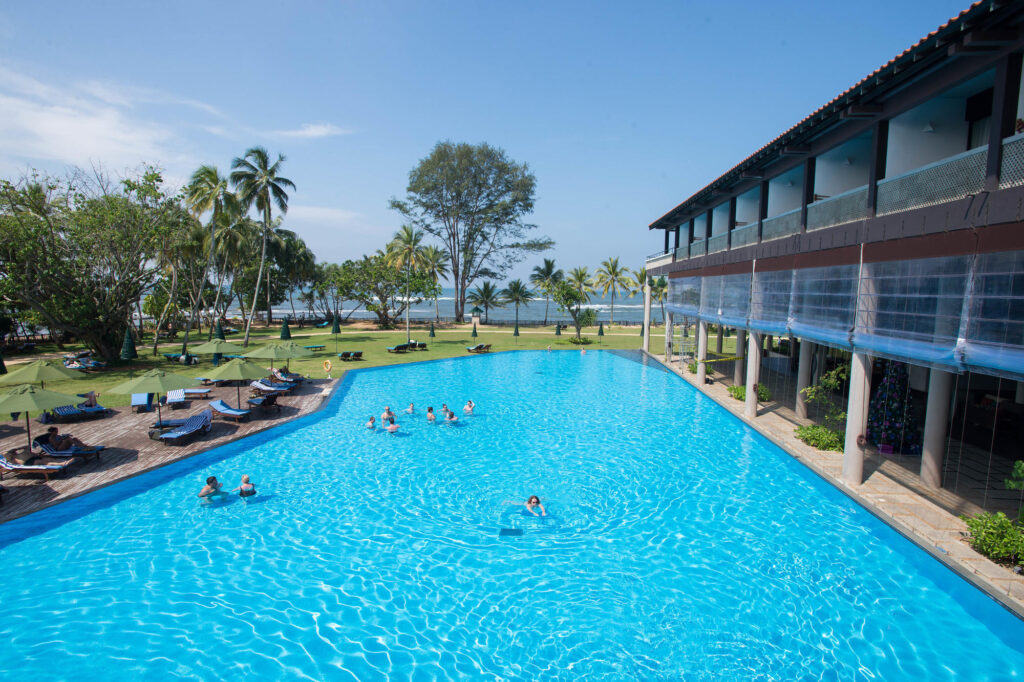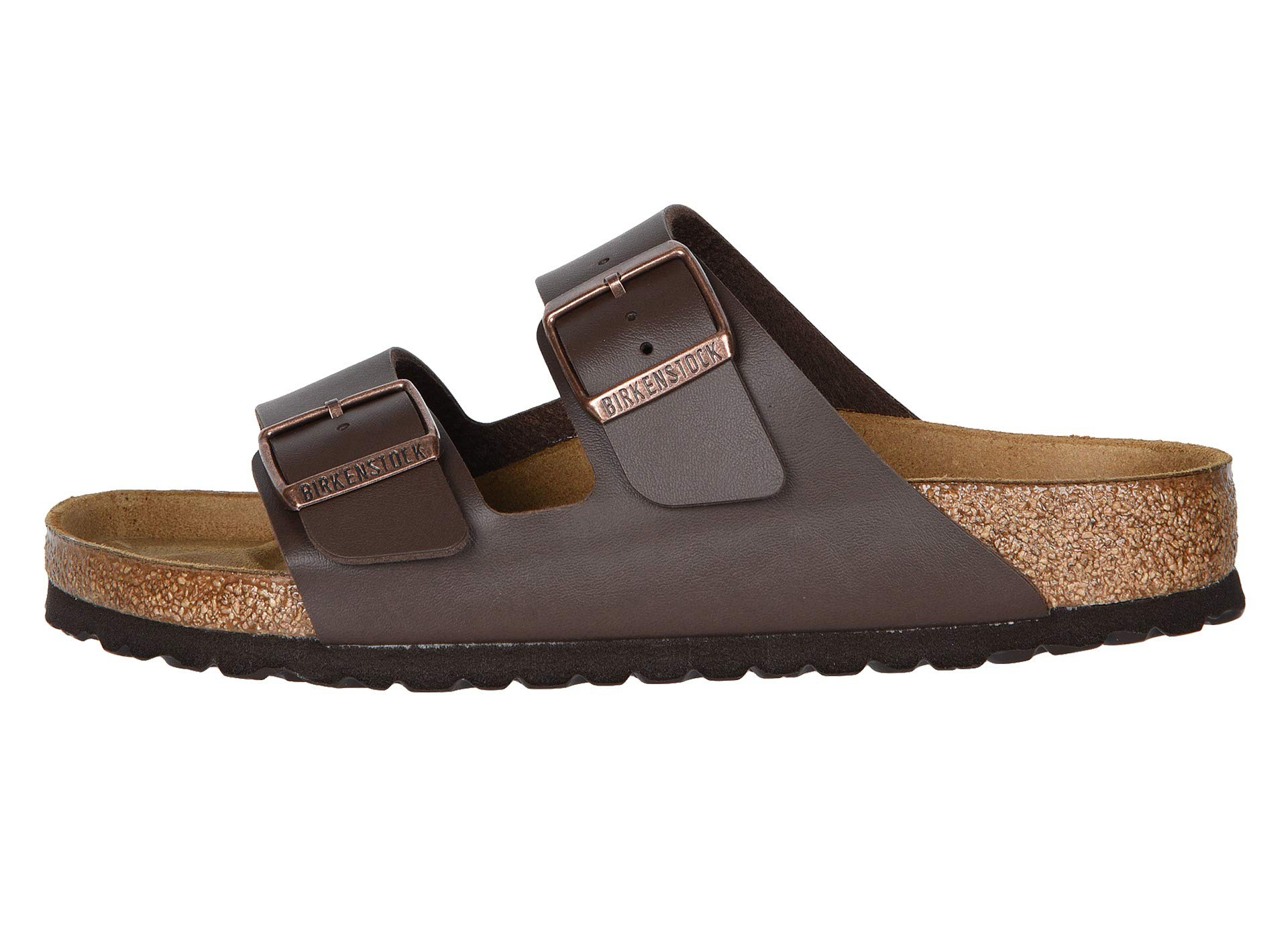Sri Lanka is a beautiful, exotic destination full of culture, nature, wildlife, and smiling faces. For a country with such a violent (and recently so, at that) history, the island is actually home to some of the friendliest people out there. Located between India and southeast Asia, Sri Lanka is neither quite like India nor Asia, leaving it in somewhat of a curious middle ground as far as geography, features, culture, landscape, and customs. You might already assume that some places here don't serve beef (12 percent of the island's population is Hindu), but in our list of 14 things you should know before travel to Sri Lanka, we've included 13 other facts about the destination that you probably don't know. Read on so you do.
1. Sri Lanka is largely safe to travel.
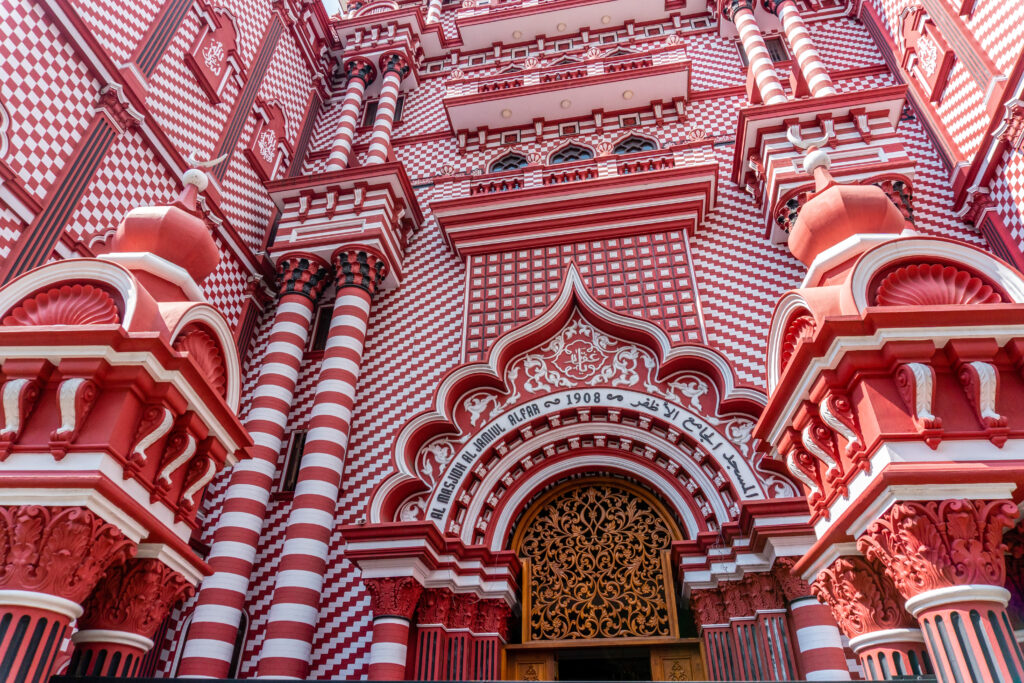
Photo by Liz Allocca
Is Sri Lanka safe to travel? While there are certainly some precautions travelers should take when visiting Sri Lanka, the country as a whole is largely safe. For some historical context, between 1983 and 2009, Sri Lanka was riddled with a brutal civil war, causing most tourists to stay away. However, since the war’s end, Sri Lanka has been steadily rebuilding its tourism, and more and more visitors enter this gorgeous country each year. Unfortunately, the country’s government has had to declare a state of emergency a couple of times since then. In early 2018, one was imposed due to violence between the island’s Sinhalese and Muslim communities centered around the city of Kandy. Later that year, Sri Lanka suffered from political unrest and instability, accompanied by protests.
Tragically, churches and hotels were bombed by Islamist extremists on Easter Sunday in 2019, leading to the death of 258 people. The hotels bombed included the Shangri-La Hotel, Cinnamon Grand Hotel, The Kingsbury, and the Tropical Inn in the capital of Colombo. The deadliest attack occurred at a church in Negombo, near the main Bandaranaike International Airport. The U.S. government has given Sri Lanka a Level 2 Travel Advisory, which says tourists should exercise increased caution. Other countries with a Level 2 advisory include France, Mexico, and the United Kingdom.
Additionally, as with any destination, take the necessary measures to ensure safety. Exercise the same amount of caution you would when traveling in any unfamiliar area — and definitely look both ways when you cross the busy roads.
2. Be respectful of the political past.
The war may be over, but it only ended a few years ago, and we recommend being aware of the past and thus respectful of the situation. While it’s totally acceptable to ask locals questions about their lives, families, et cetera, we’d advise against bringing up or getting involved in any type of political conversation. It’s still a delicate subject and, unless you’re a scholar on Sri Lankan politics and policy, it’s best to stick to the simple stuff.
3. Sri Lanka tourism is still developing.

Photo by Liz Allocca
Sri Lanka’s tourist boom is happening right now, which means that outside of the bustling capital city of Colombo, some areas may not seem exactly tourist-ready. The roads are narrow and often unpaved, save the main road in town, there’s not much English spoken outside of the tourism realm (e.g., it may be difficult to communicate with back street vendors or even some tuk-tuk drivers), there’s not too much to do outside of the hotels in these areas, and it’s not as convenient to just pick up something if you’ve forgotten it — think toiletries, medicine, or a quick snack. However, for some true explorers and adventurers, this is part of the draw — there’s always something rewarding about experiencing a place before it blows up and globalizes.
Check Out: One of the Prettiest Beach Hotels in Sri Lanka
4. It can be expensive.
You’re probably wondering, “Is Sri Lanka expensive?” Unlike other well-connected places in southern Asia like Vietnam or Thailand that are quite cheap (like backpacker cheap), Sri Lanka can make for an expensive visit depending on what you do. A lot of goods on the island are imported, which particularly hikes up the price of imported liquors and certain foods. However, the more expensive restaurants tend to be at high-end resorts, so stick to Sri Lankan foods such as delectable curries and local Lion lager for a very budget-friendly meal. Similarly, skip staying at some of the upscale hotels that charge upwards of $300/night for a more quaint property (we love the Kandy Samadhi Centre Hotel). Also, you’re going to need cash to pay for most things, so be sure to have plenty on hand.
(Remember from our 20 Most Important Travel Tips, always use the ATM machine — not currency exchanges — to grab the local currency.)
5. Sri Lanka rental cars require a special driver’s license.
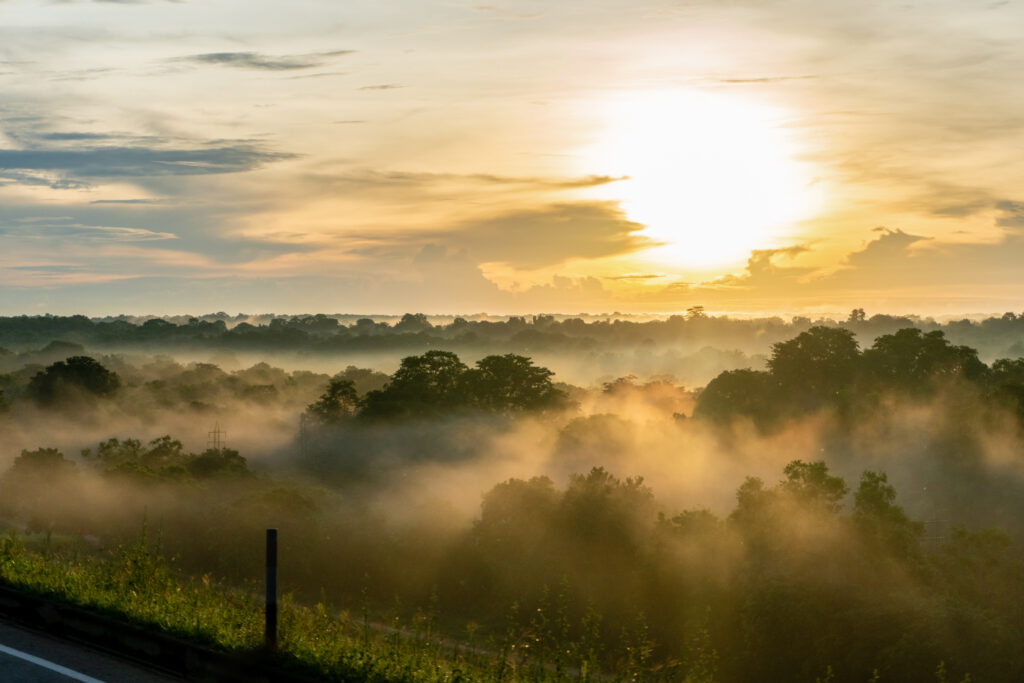
Photo by Liz Allocca
Another hurdle of traveling to Sri Lanka (that’s actually kind of a life-saver) is that some foreign drivers need a special license to rent a car here. Unlike almost everywhere else in the world, you can’t just hop into a car for a self-guided holiday. You’ll need a valid license from your home country in addition to a valid International Driving Permit. Make sure the IDP has Sri Lanka listed as one of the valid countries. Just a note: This isn’t Anytown, USA; the rules of the road in Sri Lanka are strict and the traffic can be hectic, so even if you have an IDP, you may want to think twice about getting behind the wheel.
6. Most Sri Lanka tours are done with a private driver.
Because of the stressful driving conditions and need for an IDP, most tourists find it easiest to hire a driver for getting around Sri Lanka. It’s not as white glove as it sounds, though. Hired drivers are part of tour agencies and function as your personal tour guides, too. Taking one of these tours is a fantastic way to see the country; reputable companies will tailor-make your trip, offer alternatives to well-trodden itineraries, and give you the lowdown about where you are at any given time. It’s not uncommon for the drivers and guests to become great friends during the tours. The only downside is that most of them are booked for private groups so if you are trying to socialize, you may be out of luck. On the plus side, Sri Lankan tour guides typically speak English well and are happy to chat about themselves and their country.
7. Trains are better travel experiences than buses.
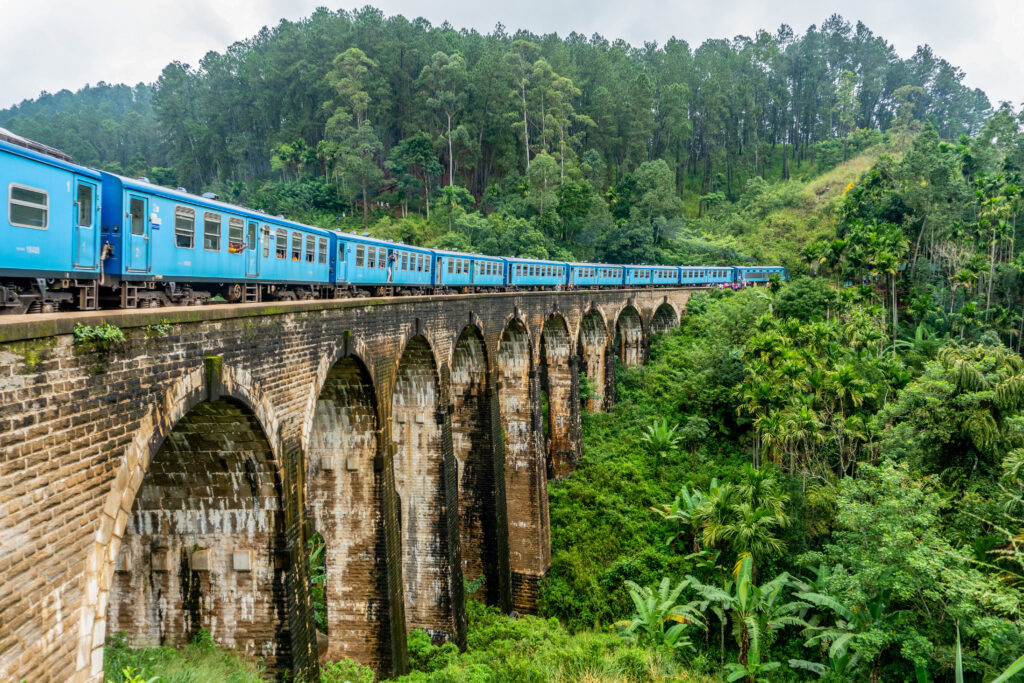
Photo by Liz Allocca
If opting for public transportation, Sri Lanka trains are much more pleasant experiences than buses. For one, trains are inexpensive and often a scenic way to see the landscape. Seats can be reserved weeks in advance and are fairly comfortable. Buses on the other hand, are certainly dirt cheap, but the drivers often drive dangerously. Additionally, buses usually fill up and are packed with people sitting and standing. Tuk-tuks are the popular choice for shorter distances, but try to secure a metered one or be sure to agree on a price before getting in — drivers are known to scam people by upcharging.
8. Drinking and driving is not as strictly regulated.
Also in regards to the clogged and crazy streets of Sri Lanka, keep your eyes peeled because your tuk-tuk driver might definitely be tuk-tuk-ing under the influence. We can’t tell you the number of times we hailed a tuk-tuk from the side of the road only to have them pull up with glassy, bloodshot eyes, and a bottle of liquor or wine riding shotgun. We would politely decline service and keep waving them down until we found one that at least looked sober. There’s also a popular combination of plants that some locals chew that can result in a high. This being said, not every driver is riding high, but choose carefully and don’t be afraid to turn down a ride if you feel unsure about the driver’s sobriety.
9. The locals are some of the friendliest people in the world.
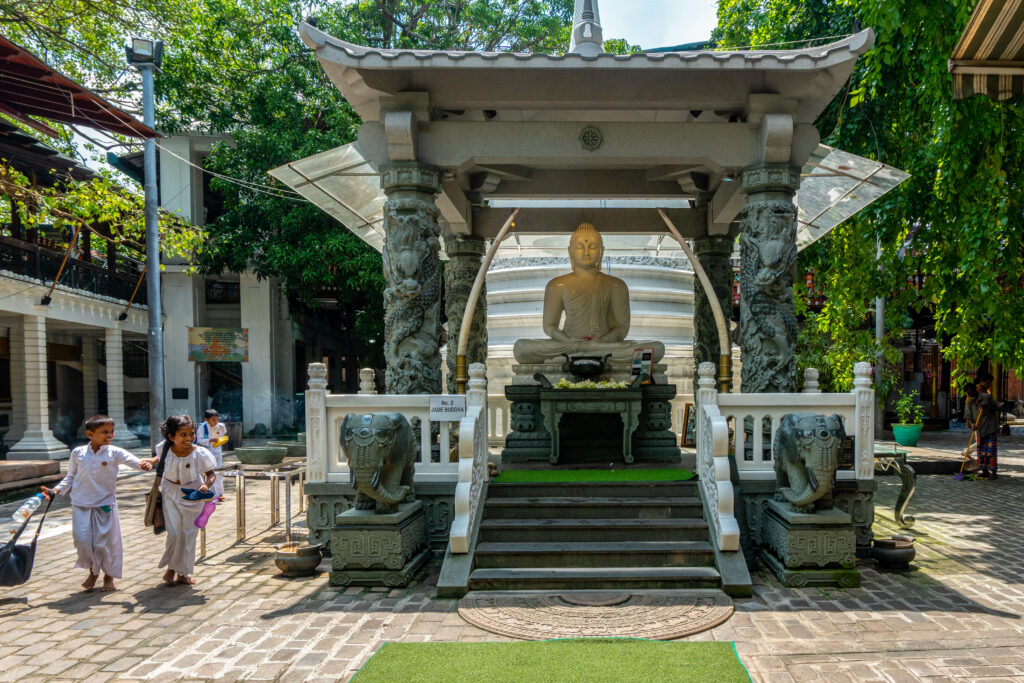
Photo by Liz Allocca
Loving to laugh definitely fits this bunch as they are also often seen smiling. We’ve found that the locals in Sri Lanka are some of the friendliest people on the planet, always willing to go an extra mile to help out. Most Sri Lankans genuinely want you to have a great time, if for nothing else than the hopes you will bring more tourism to their country by word of mouth. If you find that someone goes out of his or her way for you, make sure you say thank you — and a cash tip never hurts either. They locals are very appreciative.
10. Local food is delicious and cheap.
Man, do we love us some Sri Lankan specialities; egg hoppers, fresh crab curry, and coconut sambal — don’t even get us started. There is no shortage of Sri Lankan food in Sri Lanka, but if you are on the prowl for more “exotic” dishes here (i.e. your American staples like burgers and pasta), you may have trouble finding a plate that lives up to your western standards. Again, ingredients for many of these dishes are expensive, hard to come by, and — because of the far lengths they must travel to reach the island — usually highly processed versions of what we find at home. We suggest embracing the local culture especially when it comes to food, as it’ll save your wallet and likely leave you more satisfied.
Also be sure to sample the local tea, as tea production is a huge industry for the country, as are spices such as cinnamon. The most well-known tea brand is Dilmah, and it can often be found for free in hotels. Travelers looking for a more personal tea experience should consider touring a tea plantation and staying at an adjacent hotel, such as the Madulkelle Tea and Eco Lodge. The upscale lodge has a stunning hillside location and guests can even pick tea on-site.
11. Tap water is not safe to drink.
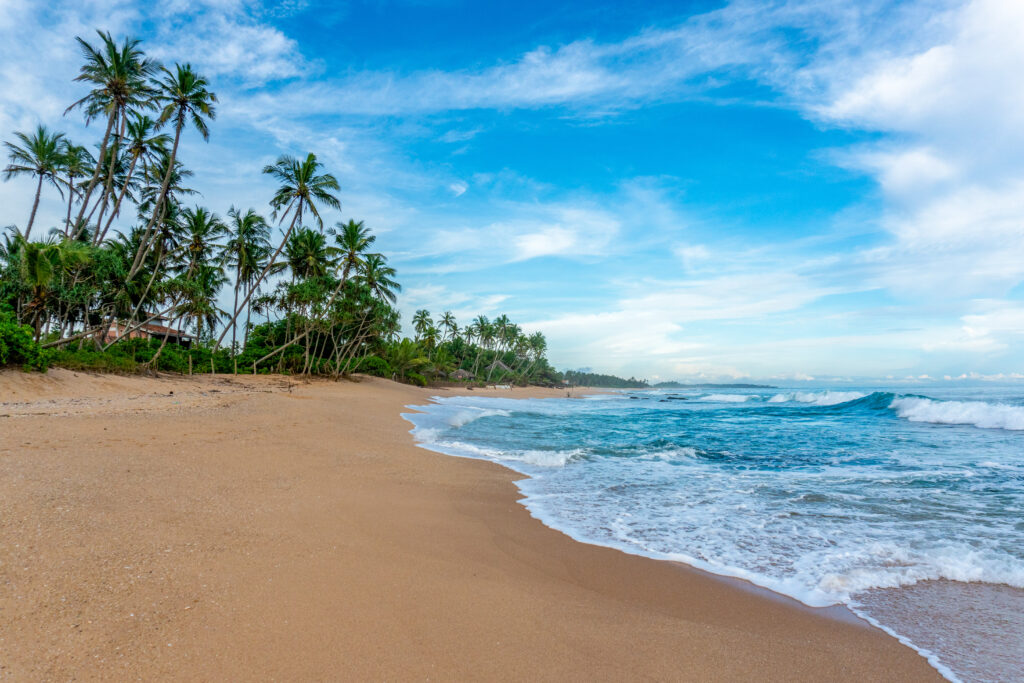
Photo by Liz Allocca
Sri Lankan tap water is not safe to drink, so travelers should be sure to only have bottled water of the country’s reverse osmosis water, though make sure to check the expiration date. Also note that, depending on how sensitive your tummy is, you may or may not want to settle for a salad since the greens could have been rinsed in tap water. Additionally, use bottled water to brush teeth, and be wary of food from questionable food stalls. Note that the CDC recommends getting the Hepatitis A and Typhoid vaccinations before visiting Sri Lanka to protect from contaminated food and water.
12. Visas for Sri Lanka are needed for most countries.
Visas are required to enter Sri Lanka for citizens of all countries except those from the Maldives, Seychelles, and Singapore. Tourists need a passport that’s valid for six months from the expected date of departure from Sri Lanka, as well as an Electronic Travel Authorization (ETA) or a visa. The easiest way to secure a visa is through an online application process that requires a fee, then print out the visa and take it to Sri Lanka to be stamped by immigration officers. Travelers can alternatively wait to purchase the visa on arrival, though this can add unwanted time to the entry process. In an effort to boost tourism from the Easter attacks, the visa fee has been waived for travelers from 48 countries until February 2020, including those from the United States, U.K., and Australia.
13. You have great chances of seeing wildlife.
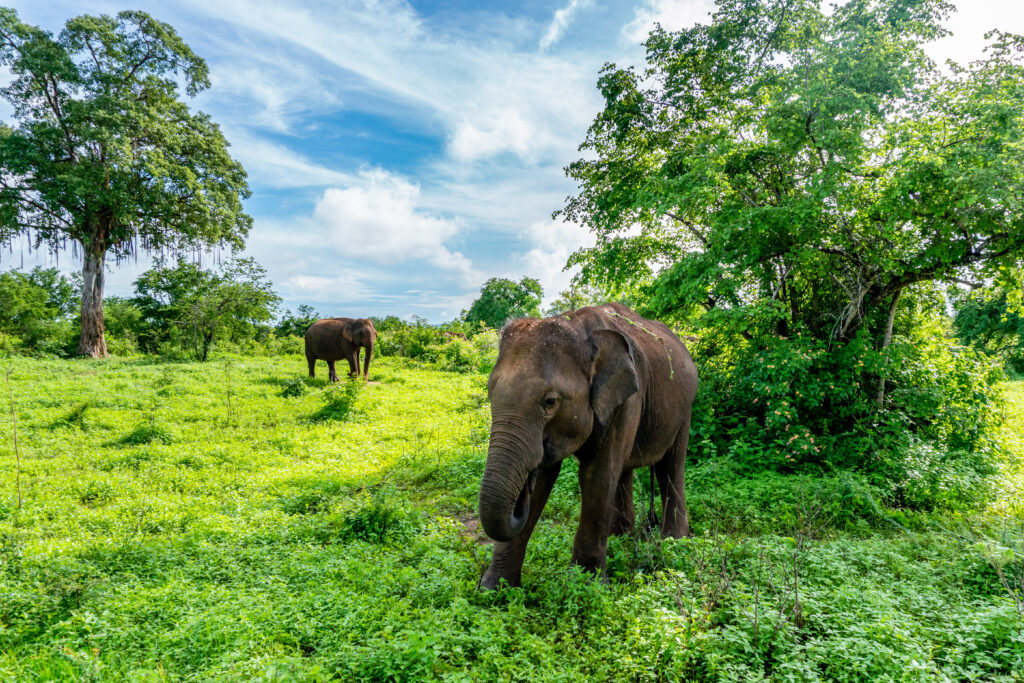
Photo by Liz Allocca
When you think of Sri Lanka, your mind may not immediately go to wildlife or safaris — but it should. Sri Lanka’s varied landscapes make it a perfect spot to spot some of the world’s biggest and most fascinating animals we usually only connect to Africa. In fact, Sri Lanka’s Yala National Park in the south has the highest concentration of leopards in Asia, while Minneriya National Park, located near Dambulla, is where a yearly gathering of elephants, aptly known as “The Gathering”, takes place. During this, you can peep hundreds of elephants — including adorable babies and Tuskers — hanging out by the park’s main lake. Tourists flock to the southern tip of Mirissa seasonally as well, hoping to spot dolphins and whales. You’ll also find different species of monkeys and colorful birds hanging around in the towns.
14. Sri Lanka has monsoon seasons.
Sri Lanka can be considered a year-round destination, but it’s best to be aware of the two monsoon seasons, which effect different areas of the island. The northern and eastern areas of Sri Lanka have wind and rain between October and January, while the southern and western regions receive monsoon weather between May and September. Still, weather is ultimately unpredictable and during our visit to the western cities of Colombo or Negombo in July, we experienced little rain. December through March is considered the peak tourist season, so cheaper hotel rates are often found outside these dates.
Some of Our Favorite Sri Lankan Hotels:
The Blue Water, Wadduwa
The Blue Water is a contemporary, 140-room hotel that offers competitive prices on the southwest coast of Sri Lanka. Designed by renowned local architect Geoffrey Bawa, the upscale Blue Water feels bigger than it actually is, with airy communal areas that reflect his trademark style of tropical modernism. Guests tend to spend daytime hours relaxing in sun loungers scattered around the outdoor lawn in front of the pool.
Cinnamon Bey Beruwala, Moragalla
The 200-room, upscale Cinnamon Bey Beruwala resort sits on the southwest coast of Sri Lanka, combining austere modernist architecture with artful Turkish design to create an understated atmosphere right on the Indian Ocean. Rooms are elegant and simple, with striking wood lattice work, contemporary furniture, and ocean-facing terraces. A gorgeous infinity pool and sleek spa add to the relaxation factor.
Our Must-Bring Item for Sri Lanka: Birkenstock Sandals
Whether you’re exploring the Sri Lankan wilderness or walking the local towns and cities, these Birkenstock sandals will keep you comfortable throughout your entire adventure.
Headed to a Different Destination? We Know Things You Don’t About Them, Too:
- 17 Things You Don’t Know About Rome
- 5 Things You Absolutely Need to Know Before Traveling to Indonesia
- 11 Things You Don’t Know About Vienna
- 7 Things You Need to Know Before Going to Thailand
All products are independently selected by our writers and editors. If you buy something through our links, Oyster may earn an affiliate commission.

